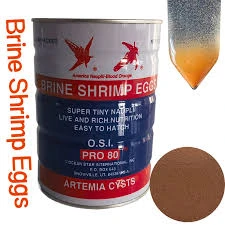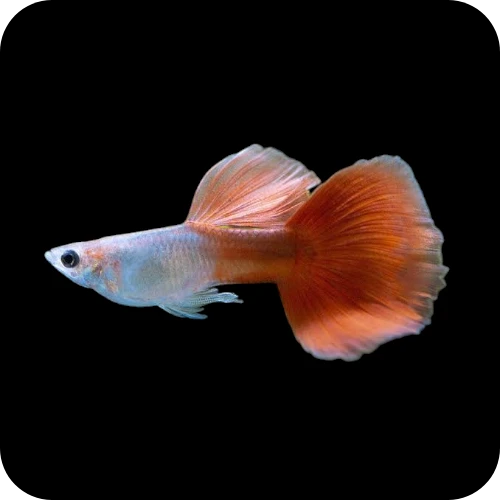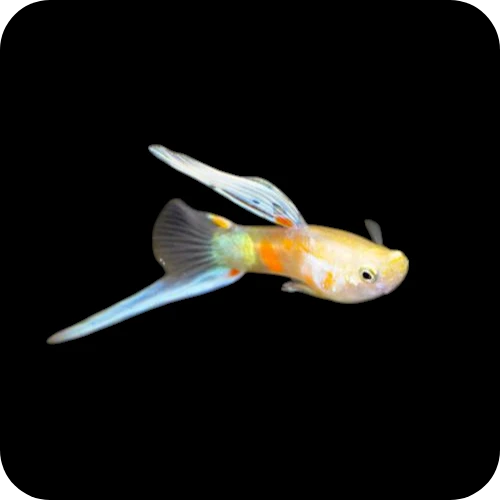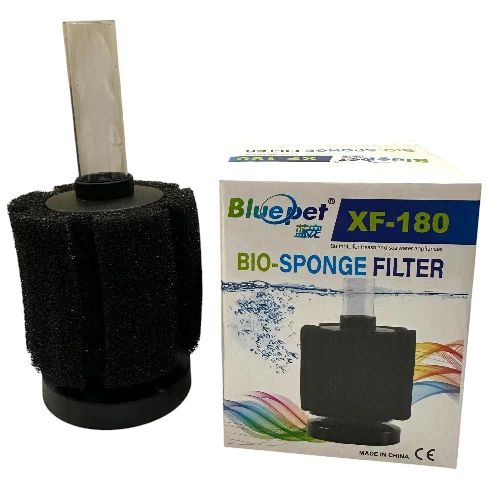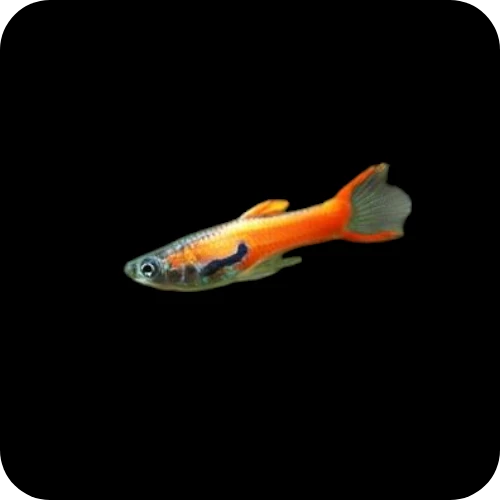Artemia, commonly known as brine shrimp, are small aquatic crustaceans that thrive in saltwater environments. They are notable for their ability to produce cysts, which are dormant embryos that can withstand extreme conditions and remain viable for years. When placed in favorable conditions, these cysts hatch into nauplii, which are commonly used as a live feed in aquaculture and aquarium settings due to their high nutritional value.
Here are a few key points about Artemia:
1. Habitat: Artemia are typically found in salt lakes, salt ponds, and other hypersaline environments.
2. Life Cycle: They have a complex life cycle that includes cyst (dormant embryo), nauplius (larval stage), and adult stages.
3. Reproduction: They can reproduce both sexually and asexually. In harsh conditions, they produce cysts, whereas in favorable conditions, they produce live young.
4. Aquaculture: Artemia nauplii are a crucial food source for larval fish and crustaceans in aquaculture due to their high protein content and ease of cultivation.
5. Historical Significance: Artemia cysts have been used in biological research for decades due to their resilience and the ease with which they can be stored and hatched.
If you have more specific questions about Artemia or need details on a particular aspect, feel free to ask!



